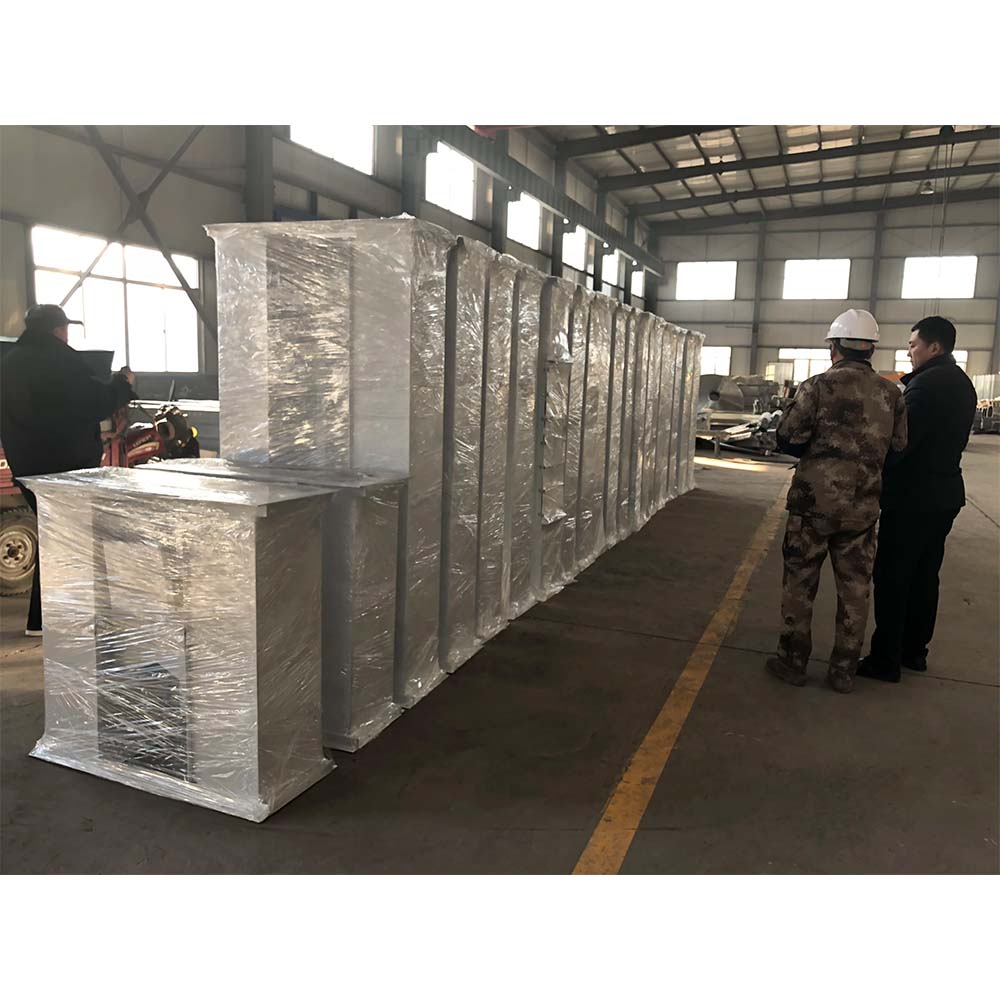floating fish feed pellet mill
Nov . 12, 2024 01:20 Back to list
floating fish feed pellet mill
The Importance of Floating Fish Feed Pellet Mills in Aquaculture
In recent years, aquaculture has become one of the fastest-growing sectors in the agriculture industry. With increasing global demand for fish and seafood, the need for efficient and sustainable feed production methods has gained significant attention. Among various feed production technologies, floating fish feed pellet mills have emerged as an essential component in fish farming. These specialized machines not only enhance feed quality but also improve overall aquaculture sustainability.
Understanding Floating Fish Feed Pellets
Floating fish feed pellets are specially formulated feeds designed to remain buoyant on the water's surface. This characteristic is crucial for carnivorous fish species, such as trout and catfish, which naturally feed near the water's surface. Unlike traditional sinking pellets, floating pellets allow farmers to monitor feeding behaviors, reduce waste, and minimize water pollution. Fish can easily locate and consume the pellets, leading to better feed conversion ratios and healthier fish.
How Floating Fish Feed Pellet Mills Work
Floating fish feed pellet mills are machines designed to process raw ingredients into high-quality floating pellets. The process begins with the grinding of raw materials, which typically include fish meal, corn, soybean meal, vitamins, and minerals. These ingredients are mixed and conditioned with heat and moisture to achieve the desired texture and binding properties.
Once the mixture is ready, it is fed into the pellet mill, where it is subjected to high pressure and temperature. The die of the mill shapes the feed into pellets before they are cut into the desired length. The quality of floating pellets is largely determined by the formulation of the feed, the design of the pellet mill, and the operating conditions.
Advantages of Floating Fish Feed Pellet Mills
1. Improved Feed Efficiency Floating fish feed pellets facilitate better feed consumption, leading to higher growth rates and improved feed conversion ratios. Fish are more likely to consume floating pellets, resulting in less feed waste.
floating fish feed pellet mill

2. Sustainability The ability to reduce feed waste translates to decreased environmental impact. Floating pellets minimize uneaten feed sinking to the bottom and decomposing, which can lead to water quality degradation.
3. Feed Customization Floating fish feed pellet mills allow for easy customization of feed formulations, catering to specific dietary needs of different fish species. This adaptability helps aquaculture operations optimize growth and overall health.
4. Economic Benefits By enhancing feed efficiency and reducing feed waste, farmers can significantly lower operational costs. Higher growth rates also mean quicker turnaround times, leading to improved profitability.
Technological Advancements
Recent technological advancements have further enhanced the capabilities of floating fish feed pellet mills. Innovations such as variable speed drives, advanced mixing technologies, and digital monitoring systems contribute to improved precision in feed production. These upgrades enable farmers to maintain consistent quality and minimize downtime, ultimately leading to better overall productivity.
Furthermore, the integration of automation and AI technology in feed mills can optimize the production process, ensuring a reliable supply of high-quality feed. This not only maximizes yield but also supports the global move towards smart aquaculture practices, where data and analytics play key roles in decision-making.
Conclusion
Floating fish feed pellet mills are instrumental in meeting the growing demand for high-quality fish feeds in the aquaculture industry. By producing floating pellets that enhance feed efficiency and reduce environmental impact, these machines offer a sustainable solution to the challenges faced by fish farmers today. As technology continues to progress, the significance of floating fish feed pellet mills will only increase, shaping the future of aquaculture and ensuring the health and growth of fish populations worldwide. In this evolving landscape, investing in efficient feed production methods is not just beneficial—it is essential for ensuring food security and the sustainability of aquatic ecosystems.
-
Automatic Feeding Line System - Anping Yize|Poultry Efficiency&Durability
NewsJul.29,2025
-
Automatic Feeding Line System-Anping County Yize Metal Products Co., Ltd.|Durable PP Material&Easy Maintenance
NewsJul.29,2025
-
Automatic Feeding Line System-Pan Feeder Nipple Drinker|Anping County Yize Metal Products Co., Ltd.
NewsJul.29,2025
-
Hot Sale 24 & 18 Door Rabbit Cages - Premium Breeding Solutions
NewsJul.25,2025
-
Automatic Feeding Line System Pan Feeder Nipple Drinker - Anping County Yize Metal Products Co., Ltd.
NewsJul.21,2025
-
Automatic Feeding Line System Pan Feeder Nipple Drinker - Anping County Yize Metal Products Co., Ltd.
NewsJul.21,2025






